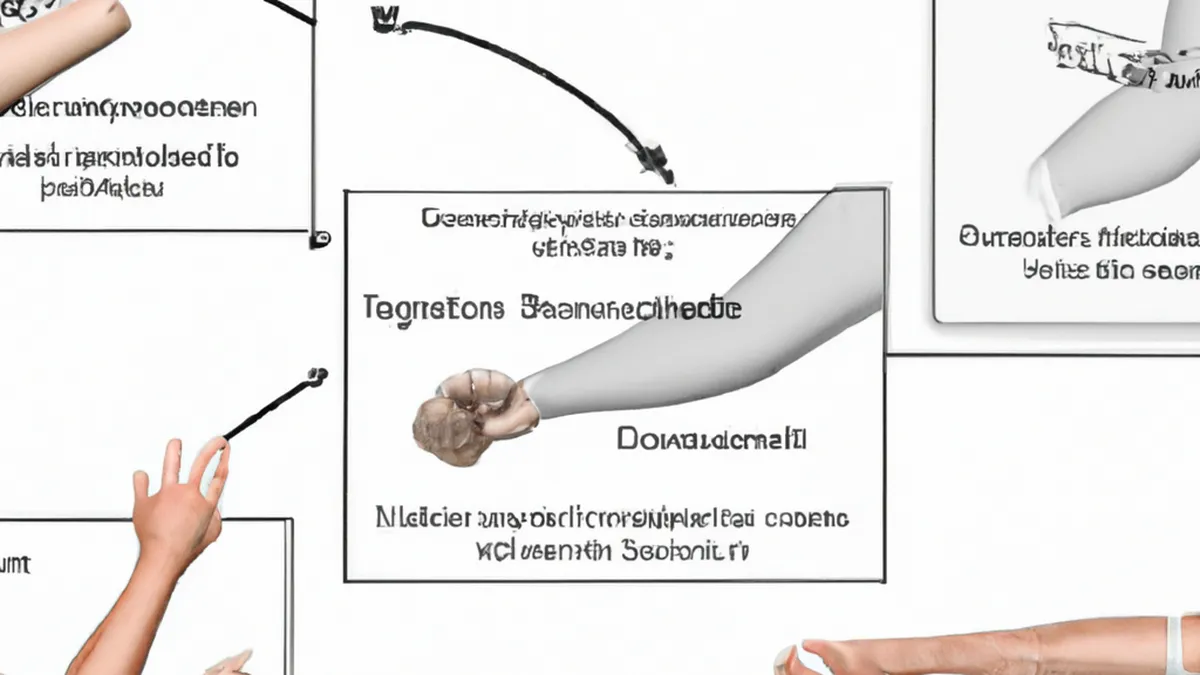Modifying Rehab Plans for Optimal Healing
How to Customize Rehabilitation Plans Based on Individual Needs
Rehabilitation requires a tailored approach. Each person has unique needs and circumstances. Customizing rehabilitation plans enhances recovery effectiveness. Healthcare providers can improve outcomes and promote long-term success with tailored plans. This blog post explores how to customize rehabilitation plans.
Understand the Individual’s Background
Start by understanding a person’s background. Unique experiences shape each individual’s recovery journey. Consider the following factors:
Medical History
Gather a thorough medical history. Identify previous injuries, surgeries, or conditions. This information helps design accommodating plans. For example, someone with arthritis needs a different approach than someone recovering from a sports injury.
Lifestyle Factors
Examine the individual’s lifestyle. Occupation, activity level, and personal interests significantly impact recovery. For instance, a construction worker may focus on strength training. A person with a sedentary job might benefit from flexibility exercises. Aligning rehabilitation plans with lifestyle increases adherence and success.
Psychological Readiness
Rehabilitation involves mental and physical aspects. Assess psychological readiness for recovery. Some individuals may struggle with motivation or fear of re-injury. Integrate mental health support to enhance the plan’s effectiveness. This support might include counseling, motivation techniques, or support groups.
Set Realistic Goals
Set realistic and achievable goals for successful rehabilitation. Align goals with individual capabilities and aspirations. Here’s how to set effective goals:
Short-term vs. Long-term Goals
Break the rehabilitation journey into short-term and long-term goals. Short-term goals provide immediate focus and motivation. Long-term goals offer a broader vision for recovery. For example, a short-term goal could involve completing daily exercises, while a long-term goal might involve returning to running.
Involve the Individual
Engage individuals in the goal-setting process. This inclusion fosters ownership and accountability. When individuals invest in their recovery, they stick to the plan. Encourage them to express their goals and preferences. This collaborative approach enhances motivation and commitment.
Incorporate Varied Techniques
Incorporate varied techniques to enhance rehabilitation effectiveness. Different methods can address various recovery aspects. Here’s how to diversify approaches:
Physical Therapy
Physical therapy often serves as a cornerstone of rehabilitation. Customized exercises strengthen muscles, improve mobility, and reduce pain. Tailor these exercises to the individual’s specific needs and capabilities. For instance, someone recovering from knee surgery may need focus on range-of-motion exercises, while another might benefit from strength training.
Alternative Therapies
Integrate alternative therapies into the rehabilitation plan. Techniques like acupuncture, massage therapy, or yoga complement traditional therapies. These approaches enhance relaxation and promote healing. Explore options that resonate with the individual and align with their preferences.
Technology Integration
Leverage technology to enhance rehabilitation. Wearable devices track progress and provide real-time feedback. Apps offer guided exercises and reminders. Incorporating technology engages individuals and makes rehabilitation interactive.
Monitor Progress and Adjust Plans
Regularly monitor progress for effective rehabilitation. Monitoring allows healthcare providers to assess plan effectiveness and make adjustments. Here’s how to implement a monitoring system:
Schedule Regular Check-ins
Establish regular check-in appointments. These sessions allow healthcare providers to assess progress and modify plans as needed. Address any concerns or challenges during these appointments. Open communication fosters trust and encourages commitment.
Collect Feedback
Encourage individuals to provide feedback on their experience. Understanding their perspective helps identify areas for improvement. Ask about exercises, challenges faced, and overall satisfaction. This feedback guides adjustments to enhance the rehabilitation plan.
Benefits of Customizing Rehabilitation Plans
Customizing rehabilitation plans offers numerous benefits. Here are key advantages:
1. **Enhanced Motivation**: Tailored plans motivate individuals to follow them.
2. **Improved Outcomes**: Customized plans lead to better recovery outcomes. Individualized approaches address specific challenges.
3. **Greater Satisfaction**: Individuals appreciate recognition of their unique needs. This satisfaction contributes to a positive overall experience.
4. **Lowered Risk of Re-injury**: A well-structured, tailored plan helps individuals regain strength and confidence. This approach lowers re-injury risk and promotes long-term success.
Conclusion
Customizing rehabilitation plans is vital for effective recovery. By understanding individual backgrounds, setting realistic goals, incorporating varied techniques, and monitoring progress, healthcare providers can create tailored plans. This personalized approach enhances motivation, improves outcomes, and leads to greater satisfaction. Ultimately, individualized rehabilitation plans help individuals regain strength and confidence, paving the way for successful recovery journeys.
Below are related products based on this post:
FAQ
Why is it important to customize rehabilitation plans for individuals?
Customizing rehabilitation plans is crucial because each person has unique needs and circumstances that affect their recovery journey. Tailored plans enhance motivation, improve recovery outcomes, and address specific challenges individuals face, ultimately leading to greater satisfaction and lower risk of re-injury.
What factors should be considered when creating a personalized rehabilitation plan?
When creating a personalized rehabilitation plan, it’s important to consider the individual’s medical history, lifestyle factors, and psychological readiness. Understanding these elements allows healthcare providers to design accommodating and effective plans that align with the individual’s capabilities and aspirations.
How can technology be integrated into rehabilitation plans?
Technology can be integrated into rehabilitation plans through wearable devices that track progress and provide real-time feedback, as well as apps that offer guided exercises and reminders. This engagement with technology makes rehabilitation interactive and can further motivate individuals to adhere to their plans.















Post Comment